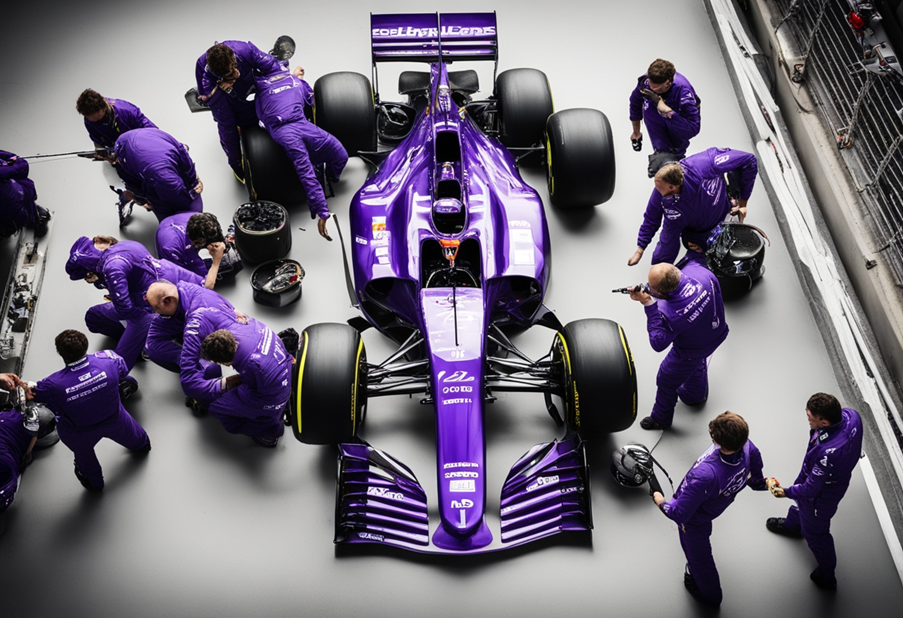Content is undeniably a hot topic right now. Many organisations are investing heavily in enterprise-wide personalisation efforts, aiming to deepen customer relationships through more granular, meaningful, and conversational experiences. Central to this are often large, complex decisioning engines that enable more personalised interactions (an area Optima know very well). However, these programmes frequently focus on the ‘WHAT’—what we should discuss with the customer—while often neglecting the equally critical ‘WHERE and HOW.’
Without considering how your personalisation and decisioning strategy manifests through channel-level content, your efforts will be hampered, limiting the realisation of your solution’s value and diminishing the end experience your customer receives. In short, many companies excel at determining what to discuss with a customer but lack the ability to convey it effectively.
As one CMO of a UK retail bank stated at the Adobe Summit in Las Vegas this year, “The one thing limiting our decisioning strategy is the availability and granularity of our content. We just don’t have enough of the right content. The Content Supply Chain is our key focus this year, and we need to think about content in a whole new way!”
This sentiment underscores a significant challenge: the need for a substantial mindset shift when thinking about the future of content.
The future of content isn’t about single-use assets and generic messaging; it’s about creating an engineering masterpiece that brings data, semantics, intelligence, and creative brilliance together. It’s about blending the operational rigour, engineering precision, and agility of a Formula One pit team rather than relying on a traditional content department.
This shift requires a new organisational mindset, approach, and operating mantra. We all recognise the gravity of the challenge, but how do we start tackling it?
As the Director of Design and Transformation at Optima, I am fortunate to engage in numerous discussions about these challenges and recognise the complexity of transforming decisioning-driven experiences into effective content. A key factor in overcoming these challenges is understanding the need for a new approach to content, one that includes specific skillsets and roles crucial for future content activities.
Enter a new mission critical role… The Content Engineer.
One skillset we’re forecasting a seismic emphasis on going forward is that of ‘Content Engineers’—the brains behind how you architect, orchestrate, connect, and shape content to deliver within an omnichannel decision-driven world. This role brings a completely new engineering mindset to the entire content lifecycle, leveraging authoritative patterns and frameworks to design, scale, manage, deliver, and activate content within an organisation.
Here’s our view of this evolving role and why it is critical to success. For those who have read my articles before, you know I like to use Formula One as an analogy, especially when discussing high-performing and complex operating models…
In the world of F1, precision, agility, and engineering excellence are the priorities of all pit teams, with each member playing a critical role in ensuring the car performs at its peak every second of the race. Similarly, content engineers are like the meticulous pit crew for content—ensuring every piece of information is expertly managed, integrated, and delivered for optimal performance.
Their role encompasses…
Precision & Systematic Scalability
Just as a pit crew relies on precise protocols and coordination to handle tyre changes, fuel refills, and adjustments in mere seconds, content engineers meticulously leverage authoritative patterns and frameworks. They craft and weave together the design, scalability, intelligence, management, delivery, and activation of content. Their expertise in hierarchy, data, metadata, semantics, and content intelligence ensures that every piece of content is perfectly tuned for targeted delivery, reuse, and distribution across various channels and devices.

Bridging Strategic and Technical Gaps
In the pit, the crew serves as the essential link between the driver’s needs and the car’s technical requirements. Content engineers perform a similar role by bridging the gap between content operations, strategists, producers, and developers. They translate the content strategy into technical specifications, ensuring that it aligns seamlessly with the platforms and technologies required for successful execution. By integrating hierarchical data structures, metadata schemas, semantic frameworks, and decisioning systems, content engineers turn strategic vision into a finely tuned technical reality.
Seamless Integration & Ecosystem Thinking
Much like how a pit crew synchronises tyre changes, fuel levels, and mechanical tweaks to ensure the car operates smoothly on the track, content engineers integrate content into a broader, decision-driven omnichannel ecosystem. They define and manage content structures throughout the entire lifecycle—from strategy and production to distribution. By harmonising technology, data, and martech capabilities, they ensure that every component, from decisioning engines to digital asset management systems, works together flawlessly. This integration allows for real-time curated experiences driven by the customer in an instant.
Enhancing Collaboration & Content Value
The pit crew’s efficiency and collaboration unlock the car’s full potential, maximising its performance on the track. Similarly, content engineers establish robust practices, platforms, and technologies that unlock the full potential of an organisation’s marketing and engagement teams. They break down silos and enhance collaboration, enabling the team to maximise the impact, effectiveness, value, and ROI of their content. By managing content hierarchies, metadata, semantics, and relationships, they create intelligent content systems that are scalable, manageable, and effectively activated across all channels.
Content is evolving rapidly, and at the forefront of your personalisation and engagement strategy, it demands the same level of focus and effort as your decisioning engines and models. A meticulous and engineering-driven approach is essential for keeping pace…
If you’re interested in talking more around The Future or Content, or hearing more on Optima Partner’s experience in delivering personalisation and decisioning at scale, please reach out directly to Ross at [email protected]

